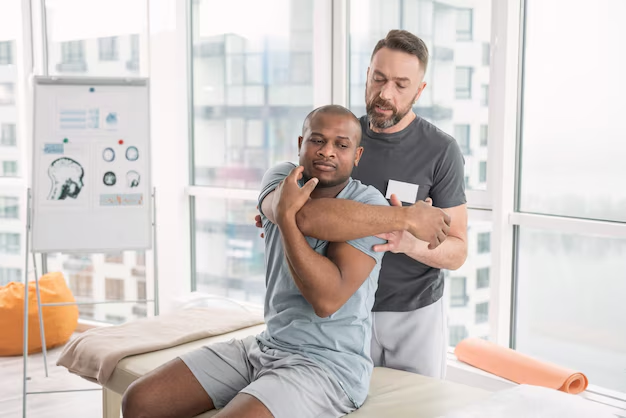How to Become a Sports Medicine Doctor: Educational Pathways and Credentials
Embarking on a career as a sports medicine doctor is a rewarding journey that blends the excitement of sports with the precision of medical practice. This dynamic field requires a strong educational foundation, beginning with a bachelor’s degree, typically in a science-related field such as biology or exercise science. Aspiring sports medicine professionals must then complete a medical degree (MD or DO), where they gain a comprehensive understanding of the human body and various medical disciplines. Following medical school, a residency in a specialty area such as family medicine, internal medicine, or orthopedics is essential; these programs often last about 3 to 5 years and provide critical hands-on experience.
Upon completing residency, gaining a fellowship in sports medicine is the next crucial step. This one-to-two-year specialized training hones the skills needed to address sports-related injuries and enhance athletic performance. Additionally, obtaining board certification in sports medicine through the American Board of Medical Specialties or the American Osteopathic Board of Orthopedic Surgery further solidifies one’s expertise. Coupled with continuous learning and professional development, these credentials ensure that sports medicine doctors remain at the forefront of their field. For a clearer roadmap, explore the list to follow highlighting the necessary steps and credentials.
Degrees, Certifications, and Licenses to Become a Sports Medicine Doctor
-
🎓 Bachelor's Degree
- Major in Biology, Exercise Science, or a related field
-
🏥 Medical Degree (MD or DO)
- Graduate from an accredited medical school
-
💼 Residency
- Specialty in Family Medicine, Internal Medicine, or Orthopedics
-
📚 Sports Medicine Fellowship
- Specialized training focused on sports-related injuries and treatments
-
🛡️ Board Certification
- Certification through entities like ABMS or AOBOS
-
🔄 Continuing Medical Education
- Ongoing learning to stay current with advancements in sports medicine
